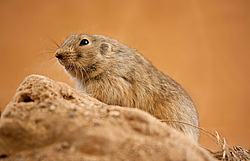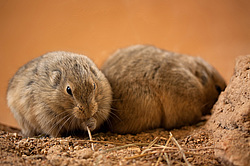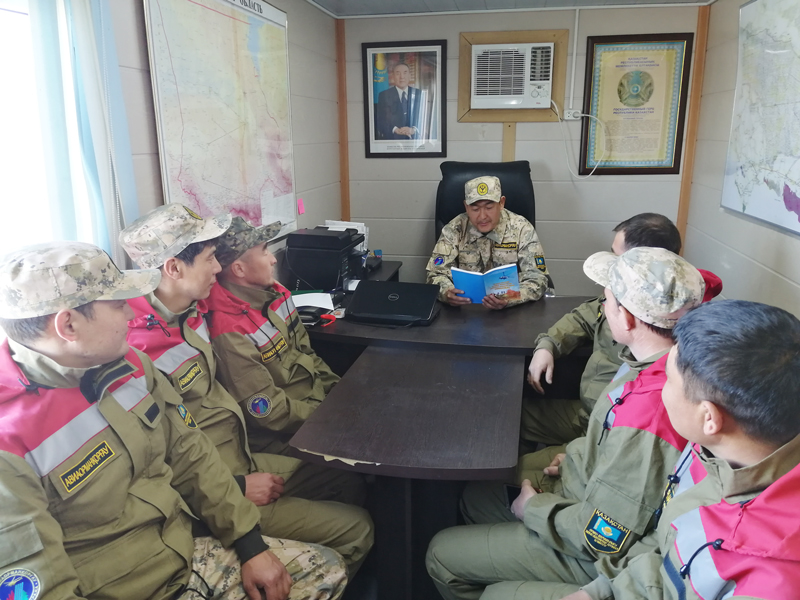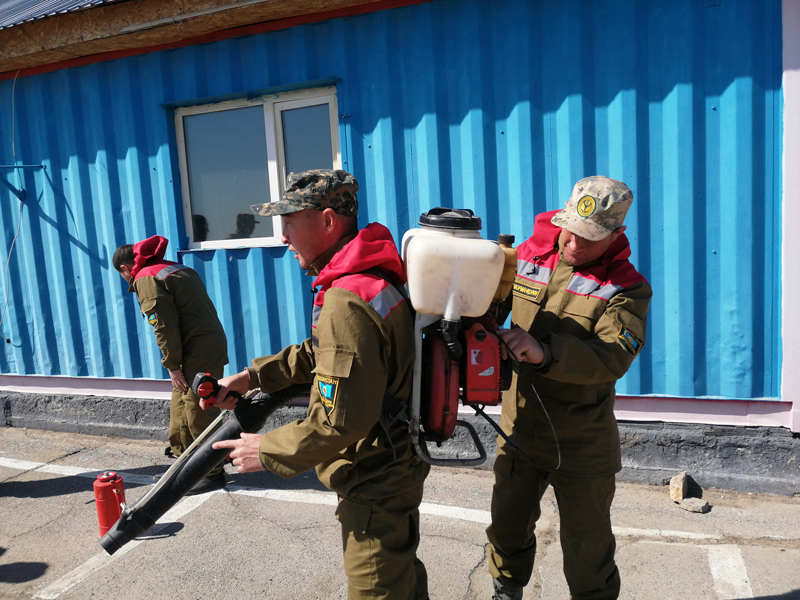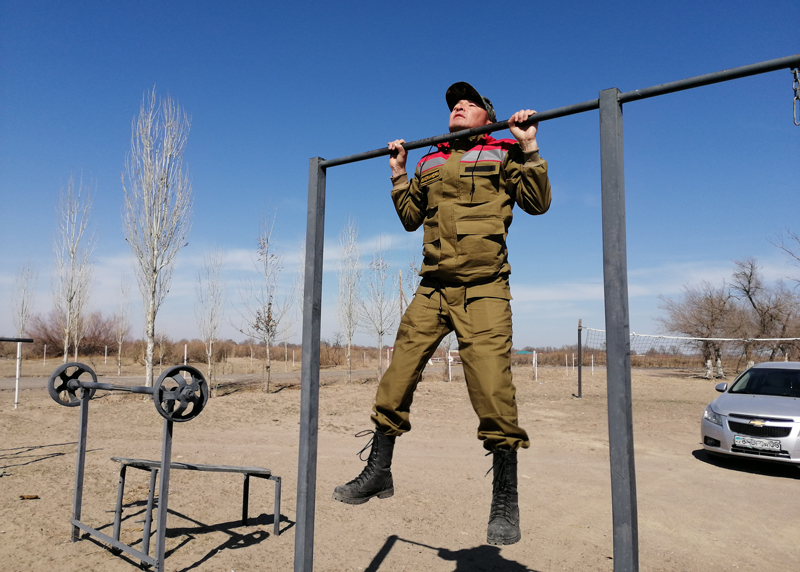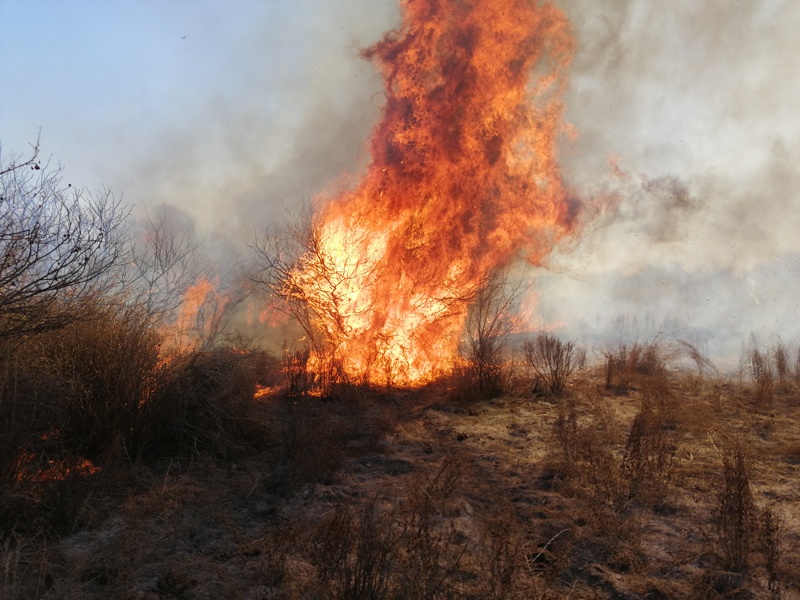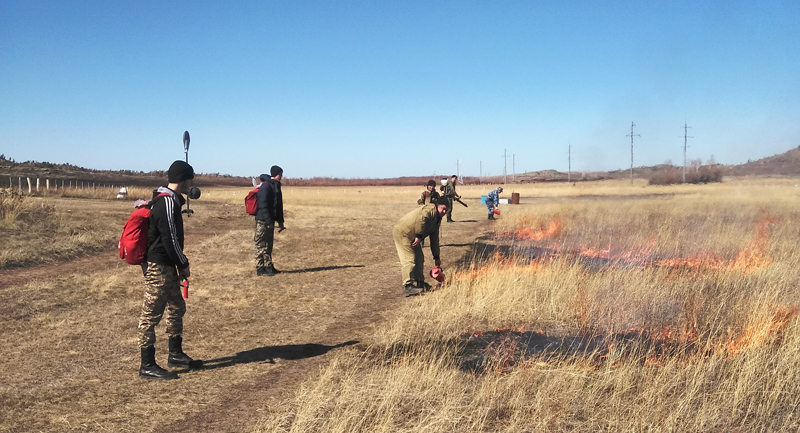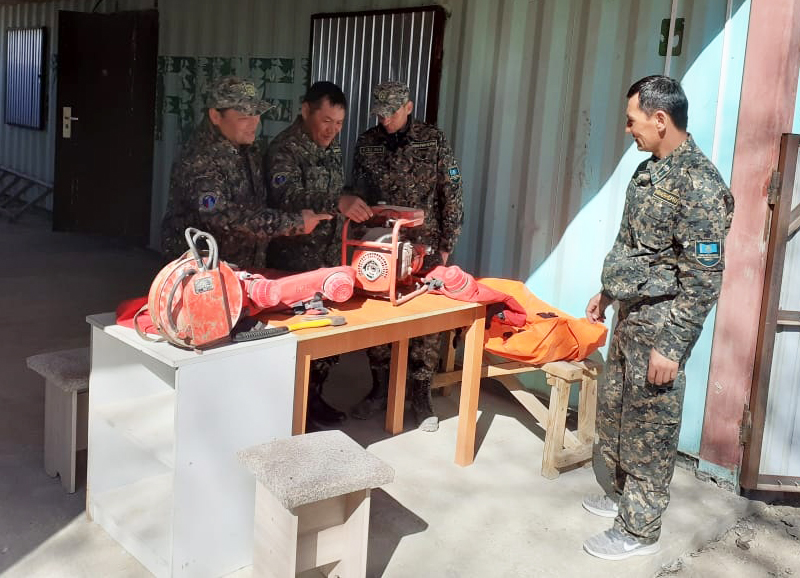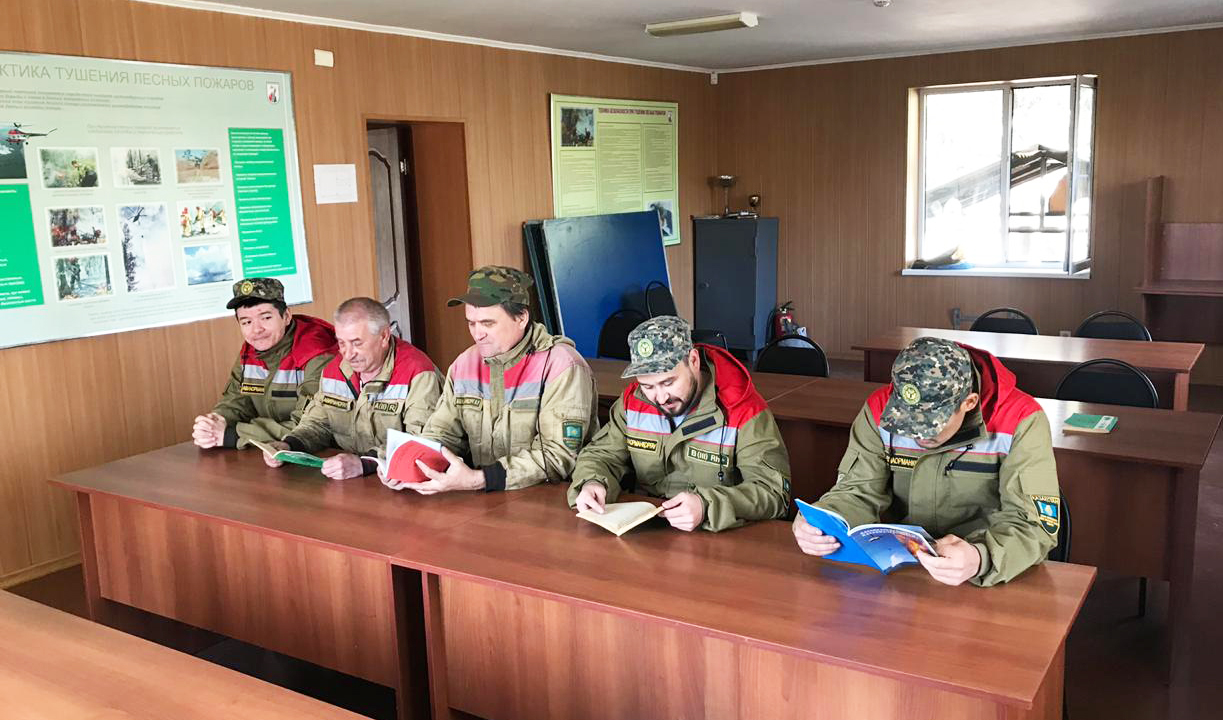
Appearance
The length of her body ranges from 105 to 210 mm, the short tail is short, its length reaches 11-30 mm, is covered with long hair, eyes and ears are small; mustache is dark, medium in size. The wool of a yellow pestle is sandy or light brown in color, the ends of the hairs are black, which gives the color a dark tint; the belly is lighter; the black dividing strip on the back, characteristic of other hamsters, is absent. Light brown color is an ideal means of camouflage in desert areas. The paws of the animal are covered with hairs, there are small corns on the feet, small claws grow on the fingers of the yellow pestles, the third finger is longer than the rest. Ears and eyes are small. The mustache is medium in length, dark in color.
Behavior and Nutrition
The yellow pestle lives in colonial settlements in burrows, which are a rather complex system of passages, with four to five holes leading to the surface. The main part of the dug tunnels runs at a depth of about 50 cm, below there are only three or four nesting chambers of an oval shape, which the yellow pest is carefully lined with leaves of cereals and wormwood. On the surface, the exits are connected by distinct paths. The pestle spends most of its time in burrows. They do not fall into hibernation; they are most active in the morning when they go out for food. In the diet of yellow pestle, the green parts of cereals prevail, as well as white wormwood, which grows in large numbers in the habitats of the animal. Sometimes the yellow pestle is not averse to eating insects. She obtains food near the exit from the hole, each time tearing out a new one, when everything around is eaten. It stocks food in burrows. In dry years, with a lack of food, the animal moves to higher areas.
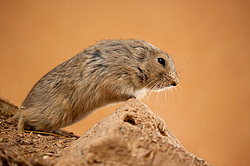 |
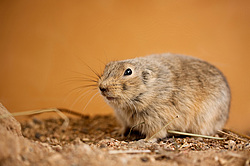 |
Reproduction and longevity
The yellow pestle breeds two to three times a year, pregnancy lasts only 18 days. In one litter, there are from five to eight cubs, which in four weeks are able to give birth to their own children. Until the beginning of the last century, the pestle had a high population, after which the number began to decline for unknown reasons. Reproduction from April to September inclusive, possible throughout the year; pregnancy 17-19 days, the number of embryos 5-8 per female, become sexually mature at the age of about 4 weeks, bring several broods during the summer after 45-55 days.
Enemies
Yellow pestles are a favorite prey for a large number of predators, both land and feathered predators prey on them. Currently, there is practically no information about the pestle, but still sometimes the bones of this animal are found in the remains of the food of predatory animals, which allows us to conclude that this species has not yet become extinct and lives in certain places, leading a secretive lifestyle. All information about the yellow pestle is of great interest. Yellow pestrus is listed in the Red Book of the Republic of Kazakhstan.



